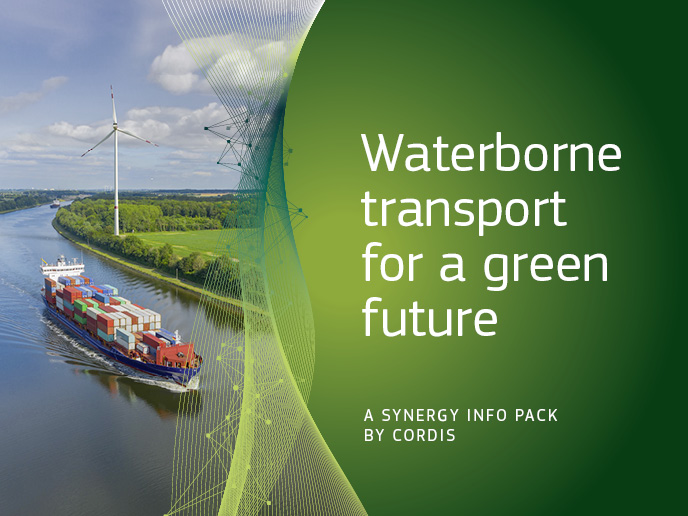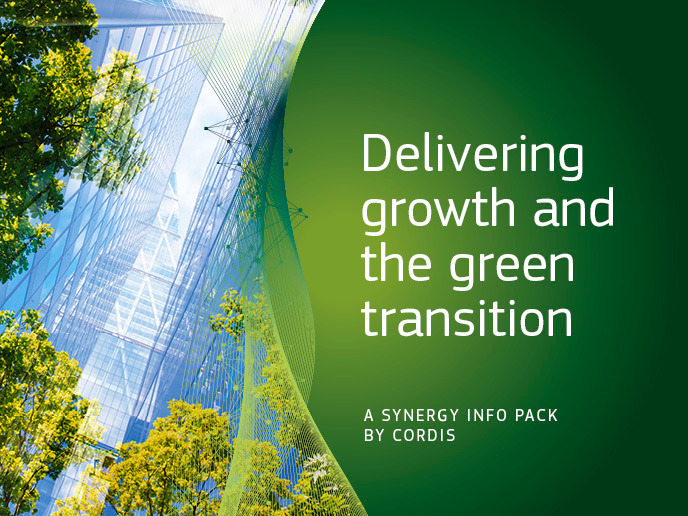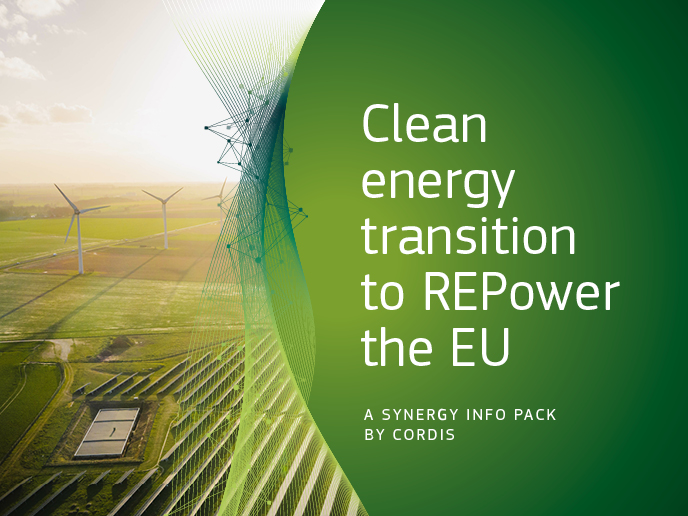Novel process creates value from wastewater
Wastewater is composed of domestic effluent, as well as discharge from commercial and industrial facilities. Proper treatment is critical in order to remove harmful pollutants, heavy metals and pathogens. This is usually carried out at wastewater treatment plants. “Wastewater treatment sludge, also known as sewage sludge, is the semi-solid material that is generated during various stages of the treatment processes in facilities,” explains RADIOFREPOLIS(opens in new window) project investigator Gokce Kor Bicakci from Boğaziçi University(opens in new window) in Türkiye. “Sludge production is increasing worldwide. The high sludge handling and disposal costs make sludge management a significant challenge for wastewater treatment plants.” Another issue is micropollutants. These chemicals are often used in our daily lives, including in medicines, cleaning products and personal care products, and end up in wastewater treatment plants. “These micropollutants cannot be easily eliminated,” says Kor Bicakci. “As a result, many persistent and harmful chemicals accumulate in wastewater sludge.”
Advanced anaerobic digestion process
The RADIOFREPOLIS project, which was supported by the Marie Skłodowska-Curie Actions(opens in new window) programme, sought to address this challenge through developing an advanced anaerobic digestion process. Anaerobic sludge digestion produces methane-enriched biogas, which can be used as a renewable energy source. This process also generates stable organic residues called biosolids, which can be used as organic fertilisers in agriculture. “Our approach utilised innovative radio frequency heating technology, designed at the University of British Columbia(opens in new window) in Canada, which targets and breaks down harmful micropollutants more effectively than traditional methods,” adds Kor Bicakci. “Our aim here was to push the boundaries of environmental engineering, and contribute towards more sustainable practices.” Kor Bicakci believes that sludge treatment innovations such as this are essential in supporting sustainable development and achieving compliance with environmental regulations such as the European Green Deal and the Waste Framework Directive(opens in new window).
Radio frequency heating system success
The RADIOFREPOLIS project was able to confirm the effectiveness of this custom-built radio frequency heating system as an innovative and energy-efficient thermal pretreatment method. It was found to enhance the removal of target micropollutants during the anaerobic sludge stabilisation process. “These are advancements that could potentially be adopted globally,” remarks Kor Bicakci. “Stakeholders who stand to benefit include environmental agencies, wastewater treatment facilities and the scientific community at large.” Kor Bicakci hopes that the project’s positive results will now go on to influence policy, shape industry standards and inspire a new generation of scientists who want to develop environmentally and socially responsible industrial solutions.
Catalyst for gender equality in science
Kor Bicakci now intends to seek out new partnerships, to help her build on these results. Beyond the technical benefits, she believes that RADIOFREPOLIS has also served as a catalyst for promoting gender equality in science. “I hope to inspire other young women to pursue scientific careers, to bridge the gender gap and to contribute to a more balanced and diverse research environment,” says Kor Bicakci. “This is something I am committed to.” With the support of the project, Kor Bicakci was also able to engage in extensive outreach activities, including participating in the EU’s Science is Wonderful(opens in new window) initiative. “I also conducted online and on-site seminars, and visits to schools and universities, designed to inspire the next generation of EU researchers,” she adds.







